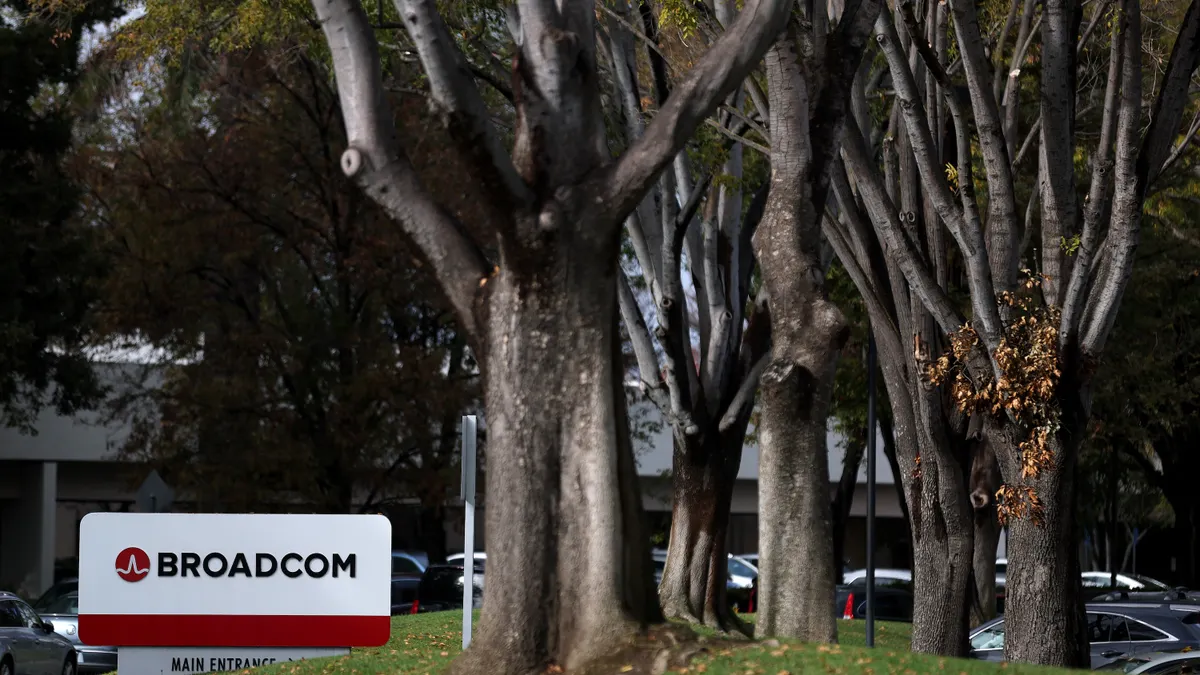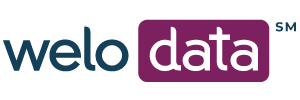Technology executives know their way around a hackathon.
The events, a staple of Silicon Valley innovation culture, provide dedicated time and space to iterate on ideas, work through problems and identify or even create new solutions.
The popularity of hackathons has risen and fallen through the years, but the rush to integrate generative AI in workflows and products has pushed technology executives to take another look at the classic strategy.
The impact of hackathons goes beyond surfacing valuable ideas and solutions, though that’s already a huge draw for technology executives. The events can serve as a morale booster for IT workers if done correctly, according to executives interviewed by CIO Dive. With the right framework around it, a hackathon focused on generative AI can help spur innovation and spot early use cases.
Skillsoft, a training-focused software company, has leveraged hackathons for “quite some time” on the product engineering side, according to CIO Orla Daly. The innovation sprints helped generate new ideas and enhance products, but the events weren’t as familiar to the digital and IT departments.
With the industry’s rapid embrace of generative AI, Daly wanted to give her teams dedicated time to figure out how the technology could improve workflows and IT operations. The company hosted a hackathon in May focused on the technology.
“The hackathon is a bit newer to us, but it was really to give people an opportunity to take a step back and think about some key business problems that need to be solved and make space to think creatively,” Daly told CIO Dive. “It’s also an opportunity for the team to learn, and that’s a big part of it, to give folks an opportunity to explore new areas and potentially learn new skills.”
Revitalizing hackathons
Dedicating time for experimentation can be difficult to block off amid broader tech goals. But leaders say the investment can turn into long-term efficiency gains.
“There’s just a high level of energy and it makes people even more productive later on,” Shadi Rostami, SVP of engineering at Amplitude, said.
As enterprises continue to struggle with talent needs, hackathons can also signal to potential new hires that a company has a culture of fostering innovation. There is value in uninterrupted work, especially when there is a new technology taking over.
“Be comfortable with the time that you’re spending in the hackathon, so don’t think, ‘I lost one week or two weeks in the year,’” Rostami said. “At the beginning, I wasn’t comfortable with that investment, but then I realized how so, so valuable it was.”
Enterprises can turn to hackathons as a way to crowdsource valuable use cases for generative AI and evaluate tools on the market. The strategy was even leveraged by the White House earlier this year when thousands of people red-teamed popular AI models to see how they stacked up to the White House’s Blueprint for an AI Bill of Rights.
At cosmetics giant Estée Lauder Companies, CIO Michael Smith said hackathons and "ideathons" allow the company to create opportunities and identify areas that the business should explore further.
“However, hackathons can be a bit restrictive as they require code and a fully functional demo or product,” Smith said in an email. At this year’s event, the company included a specific track meant to open the competition up to those without a technical background.
Throughout leadership ranks and across various business departments, there’s interest in generative AI. Employees are already using generative AI at work, mostly to draft written content, brainstorm ideas and conduct background research, according to The Conference Board data. CIOs can seize the opportunity by uniting business units around a generative AI-themed hackathon.
Smith said the "ideathon" track gave non-technical participants a space to brainstorm solutions and identify opportunities. Participants were required to submit an executive summary and a three-minute video to describe the business problem they were trying to solve, identify the AI-powered solution and explore future outcomes.
“Rather than trying to create a functioning technical project … the focus is on the pitch and vision," said Smith. "It allows our employees, who are the most in the know of what’s going on at our company, to find solutions they can use every day.”
Estée Lauder Companies received more than 110 submissions in total, which came from employees in more than 80 departments across the company’s brands. Smith said the company is committed to exploring the implementation of the ideas submitted.
“Great ideas can come from anywhere, not just those who work directly in technology,” Smith said.
Guardrails and ground rules
Before the event, CIOs must think through acceptable use policies along with what data sets to leverage during the event. Once identified, technology leaders then need to communicate with employees.
Due to the novelty of the technology within enterprises, best practices are still emerging for events focused on generative AI. Some leaders told CIO Dive they restricted workers to one or two approved models, while others allowed employees broader access as long as proprietary data sets weren't used.
Rob Zuber, CTO at CircleCI, told employees to use public data if they wanted to explore an outside tool during the innovation sprint focused on generative AI. The company also provided workers with private instances of some models to provide comfortable sandboxes, Zuber said.
“It’s giving people a safe space in a different way where you’re free to use this tool, because we’ve taken care of the privacy concerns,” Zuber said.
CIOs can also use the event as a way to build a base knowledge of generative AI across departments. Whether or not employees are part of the IT team, they will more than likely interact with generative AI tools during their work day.
“We hosted a few informational sessions throughout these three weeks to inspire employees, educate them on Gen-AI and the potential use cases, and provide tips for how to pitch their idea,” Smith said.
Employees need to be aware of model limitations, acceptable use and ethical implications to effectively use the technology. Only 1 in 5 workers are confident in their ability to write meaningful prompts, according to a Coda survey.
PwC, JLL and McKinsey are among the companies embarking on AI-focused upskilling across departments.
For enterprises with existing policies, a hackathon can help show a commitment to the rules.
“For this project, it was important that we remained consistent with our core values, including respecting the privacy of our employees, and therefore instituted guidelines that ensured submissions respected the privacy and protected the security of our employees and consumers,” Smith said.
Correction: This story has been updated to more accurately describe Estée Lauder Companies' event.























